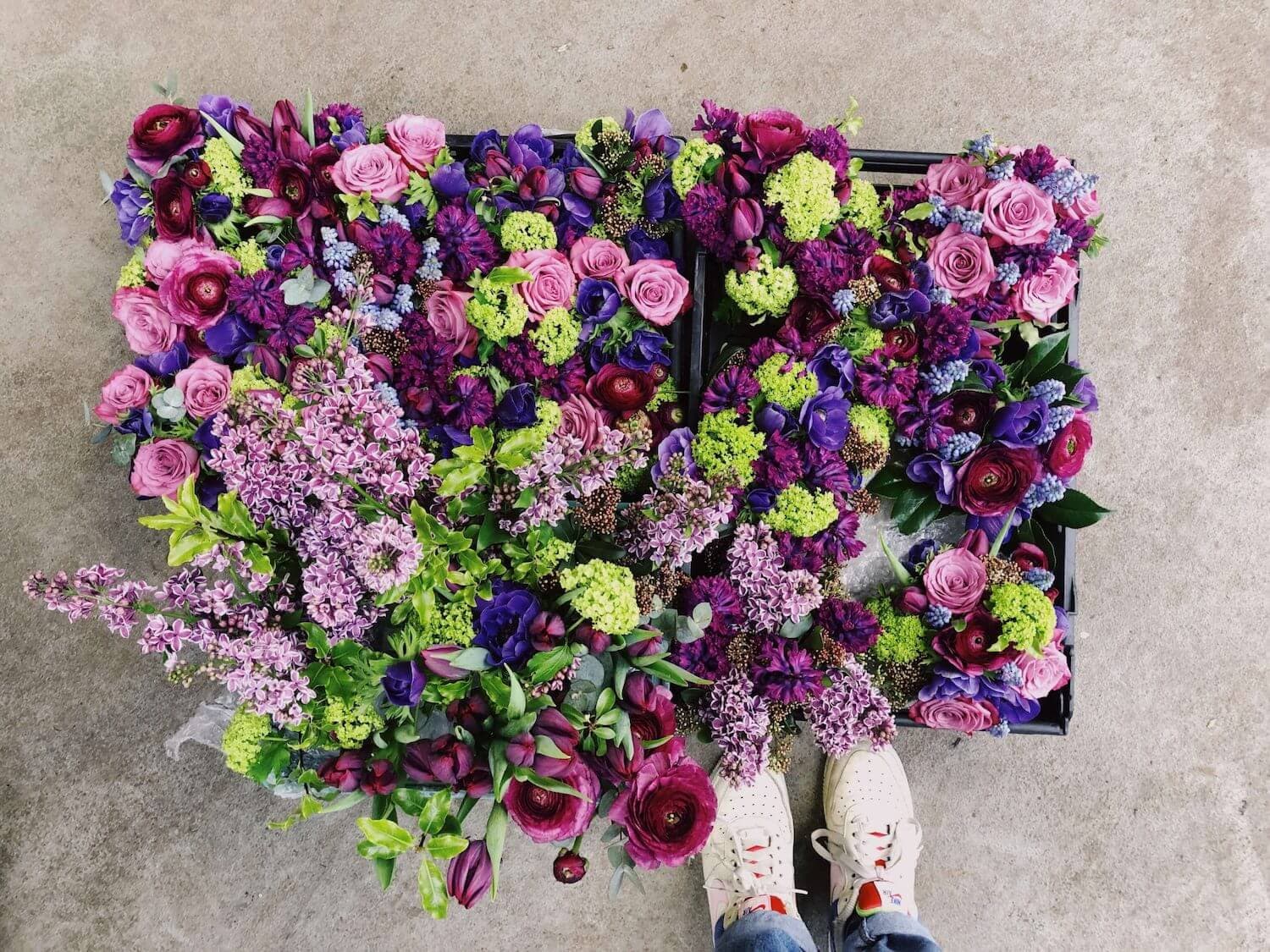
How to care for your flowers
On the whole, flowers need nutrients and water and regular care to make sure they stay at their best. Whilst each variety of flower may have its own specific requirements, there are some general rules you can follow. Here are our tips on how to care for your flowers.
Why are flowers important?
For centuries, flowers have carried deep emotional and spiritual significance. There has therefore been a long concern to look after them.
Today, they are given as gifts because, on the whole, they tend to make people happy. People gift them to say thank you, to bring comfort, to say something personal, or to simply bring a smile. They are a great way to lift the spirits. Indeed, humans have long been attracted to the smell and colours. Soothing and calming presences in the home, they bring the joys of the season inside as the jewels of nature. Their ability to light up a dull room is another reason why they are so suitable for any situation, event, or celebration.
These are some of the reasons why we love flowers, and they are also the reasons why you should take care of them! By understanding to look after them, you can prolong your enjoyment too.
Do I need to prep them?
If your flowers have come from a florist, you may not have to do much to them, but do check if you’re not sure. If they’ve been prearranged, you’ll just need to add fresh water to the vase you want to put them in.
Most flowers will need a bit of TLC before you can place them in a container, particularly ones that come in cellophane wrapping. Cellophane wrapping is often used to help flowers travel well, and keep them smelling nice. Also used for presentation, it is different to plastic wrapping, which does not necessarily have the same benefits.
After you’ve removed them from the packaging (recycling if possible – cellophane can be biodegradable but check if yours is not another plastic and making sure not to spill any of the package’s water) trim about 2 cm off the end of the stems at roughly 45 degrees. This increases the surface area that can then be used to absorb water.
Trim off any leaves or offshoots that won’t be seen.
Finding the right vase
First, you’ll want to put them in a vase. If you have a selection, choose one that your flowers will be able to sit in comfortably or almost fill. If you find that your flowers are too long, just cut them! But remember to take off any leaves that will fall below the waterline.
Not sure which vase to choose for your flowers? On the whole, it’s best not to put your flowers in a vase where the stem stands too tall – they can then fall over or just look rather awkward. It’s not just the height you want to consider, however, but also the neck. How wide you want the neck to be depends on the stem and type of bloom. If too small, you may damage the stems or make the arrangement feel too tightly packed.
If you receive a hand tied bouqet, for example, or an arrangement that you don’t want to undo, round vases can work well as they will help to maintain the structure of the bouqet. Just make sure you allow them stems some length – cut them roughly as heigh as the vase so the whole bouqet can stand tall.
Tall vases can enhance the beauty of traditionally tall and larger flowers like lilies and sunflowers, and are great to use for larger pieces of foliage.
You may want to think about the room you will place the flowers in too. Rectangular vases suit modern rooms particularly well, whilst ornate jugs or curved vases can reflect the history or grandeur of an older home.
If you’ve got an individual flower, or a bunch of small like a sweetpea, smaller vases, milk bottles, or even old (clean) jame jars work well. These smaller arrangements are especially good for decorating tablescapes for dinner parties, as they are small enough to allow guests to see each other from across the table, without detracting from the aesthetics.
Whatever vase you choose, make sure to clean it out in case there are any creepy crawlies or left-over-somethings that you don’t want the flowers to absorb.
The water should be fresh, and you want to fill it to about 2/3s. The key is to make sure the stems are in the water, but naturally without causing it to overflow.
If you have it, stir in some flower food according to the packet’s guidelines before you put the plants in, but don’t worry if you don’t – sugar can be used as an alternative.
Where do I put them?
Note that not all plants cope well with direct sunlight. You should try to avoid placing them near cold draughts, and fruit.
How much maintenance do they need?
Every couple of days or so, it’s a good idea to replace the water and even re-trim the stems. You may find that the water has turned slightly muddy – this is probably just because there were some leaves etc below the waterline. Don’t worry if this is the case, just refresh the water and make sure to remove any offshoots.
If any blooms deteriorate, just cut them off!
A bonus tip for looking after lilies
The pollen on the stamens of lilies are notorious for both getting everywhere and being nearly impossible to clean off. The best way to avoid this nightmare is to carefully cut off the stamens with a pair of scissors as soon as a flower opens, making sure not to touch the pollen or get it on your clothes. If you do, however, the best plan of action is Sellotape. Use the sticky side to pick up the pollen instead of trying to rub it off.
Hopefully, this guide to looking after your blooms will help you keep them looking fresher, for longer.
